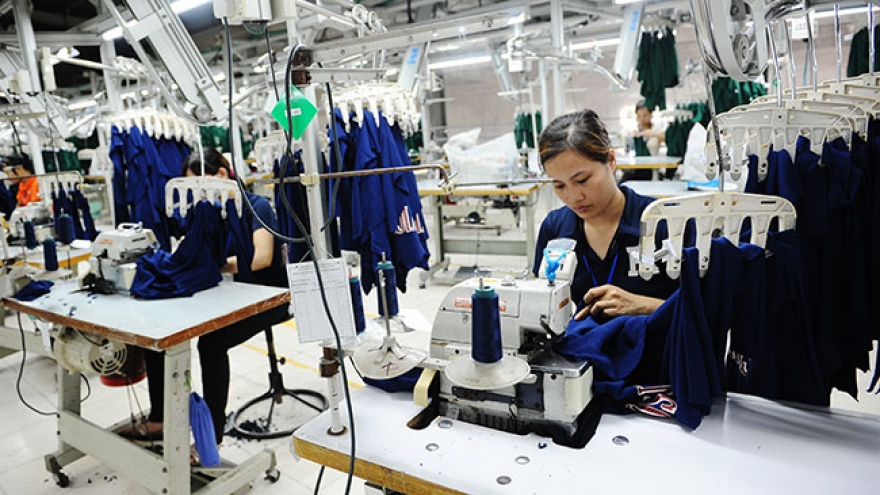Vietnam signs Trans Pacific Partnership in New Zealand
VOV.VN - The Trans-Pacific Partnership (TPP), one of the largest multinational trade deals ever, was signed by the 12 member Pacific Rim nations on February 4 in Auckland, New Zealand.
However, the massive trade pact that has already undergone five years of negotiations and would cover roughly 40% of the global economy, if ratified, will require yet more years of tough negotiations before it becomes a reality.
The signing is “an important step” but the agreement is still just a piece of paper, or rather over 16,000 pieces of paper until it actually comes into force,” said New Zealand Prime Minister John Key at the ceremony in Auckland.
The TPP will now undergo a two-year ratification period during which at least six countries – that account for 85% of the combined gross domestic production of the 12 TPP nations – must approve the final text in order to trigger automatic implementation.
The 12 member Pacific Rim nations are comprised of Australia, Brunei, Canada, Chile, Japan, Malaysia, Mexico, New Zealand, Peru, Singapore, the US and Vietnam.
Given their size, both the US and Japan would need to ratify the deal, in order for it to materialize. The deal would set common standards on issues ranging from commercial goods and services trade to workers’ rights and intellectual property protection in the 12 member nations.
In theory, Vietnam is expected to gain the most from the accord, especially in commercial goods and services trade, said Minister of Industry and Trade Vu Huy Hoang at the signing ceremony.
However, factually, this depends on how the country works to take advantage of the opportunities presented by the accord and how it copes with the challenges it poses, he underscored.
 |
They have forecast that exports of clothing, textiles and footwear could potentially increase by as much as 20%, however much of this is just rank speculation and the TPP is far from a reality at this point.
Opposition in the US from many Democrats and many Republicans could mean a vote on the TPP is unlikely before President Barack Obama, the leading supporter of the TPP, leaves office in early 2017.
US Trade Representative Michael Froman has repeatedly said the current administration is doing everything in its power to move the deal along and at the signing ceremony told reporters he was confident the deal would ultimately get the necessary support for approval from the Congress.
In Japan, the resignation of Economics Minister Akira Amari – Japan’s main TPP negotiator – may make it more difficult to sell the deal in Japan.
There is widespread grassroots opposition to the TPP in many countries. Opponents have criticised the secrecy surrounding TPP talks, raised concerns about reduced access to things like affordable medicines, and a clause which allows foreign investors the right to sue if they feel their profits have been impacted by a law or policy in a host country.
In New Zealand on February 4 in excess of a 1,000 protesters caused traffic disruptions in and around Auckland and police said a large number of law enforcement officials were deployed to quell the disturbances.
Chile’s Foreign Minister Heraldo Munoz predicted “robust democratic discussion” in his South American nation.
Australian Trade Minister Andrew Robb said the agreement would be tabled next week in parliament. Opposition to the deal in Australia has been building, but Robb was confident it would be approved, despite the government’s lack of control over the Senate.
Canada’s new government has signed the deal, but Trade Minister Chrystia Freeland has unequivocally said “signing does not equal ratifying.”
She emphasized the government has committed itself to a wide-ranging consultation on the TPP during its election campaign and that process was currently underway.
Secretary of the Economy for Mexico, Illdefonso Guajardo, said the TPP would be voted on before the end of 2016, while Malaysia said the deal had already been approved, although some legislative changes were still needed.


